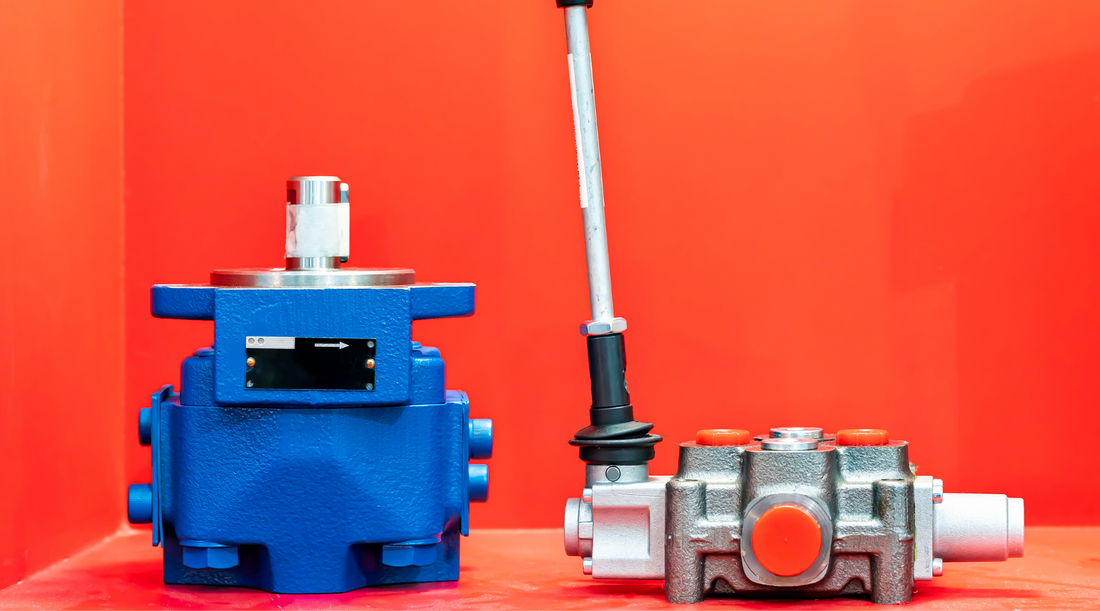
Maximize Power Financial Savings and Convenience With Advanced Structure Automation Controls
In the realm of contemporary architecture and center administration, the assimilation of innovative structure automation manages stands as a pivotal innovation. The convergence of technology and sustainability has birthed a brand-new period where power performance, comfort optimization, and operational streamlining are no much longer achievable realities yet far-off ambitions. By utilizing the power of automation, structures can adapt, react, and evolve in methods that were when unthinkable. The potential for significant energy cost savings and boosted comfort is not just a possibility but an assurance waiting to be met. This paradigm change in structure administration holds the key to opening a world where environmental conscientiousness and passenger wellness harmoniously exist side-by-side within the wall surfaces of our structures.
Energy Effectiveness Conveniences
Power performance advantages can considerably decrease power consumption and operational expenses in structures. Energy-efficient systems, such as innovative structure automation controls, can optimize the use of sources like home heating, illumination, and air conditioning, leading to reduced power expenses over time.
Furthermore, boosted energy efficiency can lengthen the lifespan of structure devices and systems. By running extra successfully, heating and cooling systems, lighting fixtures, and other structure elements experience less wear and tear, resulting in reduced upkeep and replacement prices. Furthermore, energy-efficient structures usually regulate greater home values and rental prices, offering lasting financial advantages to proprietors.
Additionally, energy effectiveness can enhance occupant convenience and performance. Correctly managed interior atmospheres with ideal lighting and thermal problems produce an even more pleasant and conducive workspace, leading to enhanced staff member fulfillment and performance. On the whole, the power effectiveness advantages related to sophisticated building automation controls are multifaceted, incorporating expense savings, ecological stewardship, and resident health.
Boosted Convenience Control
Enhancing convenience control in structure environments needs an advanced combination of advanced automation systems for optimum occupant wellness. By using sophisticated building automation controls, facilities can tailor the interior atmosphere to fulfill the specific demands and preferences of occupants. control valves.
By including these advanced controls, buildings can not just boost comfort yet likewise improve power efficiency by maximizing system operations based on real occupancy and use patterns. Eventually, focusing on passenger comfort through innovative automation systems leads to a much more enjoyable and much healthier indoor environment.
Operational Effectiveness Improvements

In addition, the implementation of real-time tracking and analytics devices enables structure drivers to identify energy inefficiencies and operational abnormalities quickly. By constantly keeping track of power usage patterns and system performance metrics, modifications can be made in real-time to enhance energy usage and guarantee peak functional efficiency. control valves. In addition, incorporating demand response strategies into building automation controls can better improve operational performance by dynamically changing power usage you can try this out based on grid conditions and pricing signals
Indoor Environment Optimization
Efficient indoor climate optimization is an essential aspect of structure automation controls, ensuring occupants' convenience and wellness while maximizing energy cost savings. By using innovative sensing units and controls, constructing automation systems can continually monitor and adjust temperature, humidity degrees, air top quality, and air flow to develop an optimal indoor setting. Maintaining constant and comfy problems not only enhances occupant fulfillment however additionally boosts efficiency and general wellness.
Indoor environment optimization also plays a critical role in energy efficiency. By fine-tuning air conditioning, ventilation, and heating systems based upon real-time information and tenancy patterns, building automation controls can dramatically lower power intake - control valves. As an example, implementing strategies such as demand-controlled ventilation and thermal zoning can assist minimize power waste while making sure that each area of the structure gets the necessary conditioning.

Lasting Setting Development
Structure automation manages not only optimize indoor environment conditions for power efficiency and resident convenience yet additionally lay the foundation for producing a sustainable environment through critical monitoring of systems and resources. By incorporating innovative building automation technologies, such as sensing units, actuators, and smart software application, facilities can change and keep track of energy usage in real-time to minimize waste and reduce their carbon impact. look at this site These systems allow predictive upkeep, directory recognizing possible problems before they rise and maximizing tools performance to improve long life and performance.
Furthermore, sustainable setting production prolongs past power management to incorporate water conservation, waste decrease, and indoor air top quality enhancement. Building automation controls can manage water usage, detect leakages, and make sure proper garbage disposal methods, contributing to total sustainability efforts. Additionally, by checking and managing ventilation and filtration systems, these technologies boost owner health and productivity while reducing energy intake connected with a/c procedures.
Verdict
To conclude, progressed building automation regulates offer substantial advantages in regards to power cost savings, comfort control, operational efficiency, indoor environment optimization, and developing a sustainable atmosphere. By applying these controls, buildings can achieve ideal performance while decreasing power intake and enhancing passenger convenience. It appears that using advanced automation innovation is vital in boosting structure efficiency and developing an extra lasting future.
Energy efficiency benefits can considerably decrease power intake and functional prices in structures. On the whole, the energy effectiveness benefits connected with sophisticated structure automation controls are diverse, incorporating price savings, environmental stewardship, and passenger health.
In addition, incorporating demand feedback techniques into structure automation controls can even more enhance functional performance by dynamically changing energy use based on grid problems and prices signals.
Building automation controls not just enhance indoor environment conditions for energy performance and resident convenience however also lay the structure for producing a sustainable setting with tactical management of systems and sources.In final thought, advanced building automation manages offer significant benefits in terms of energy cost savings, comfort control, functional performance, indoor environment optimization, and developing a lasting environment.
Comments on “How Control Valves Impact Energy Performance in Industrial Settings”